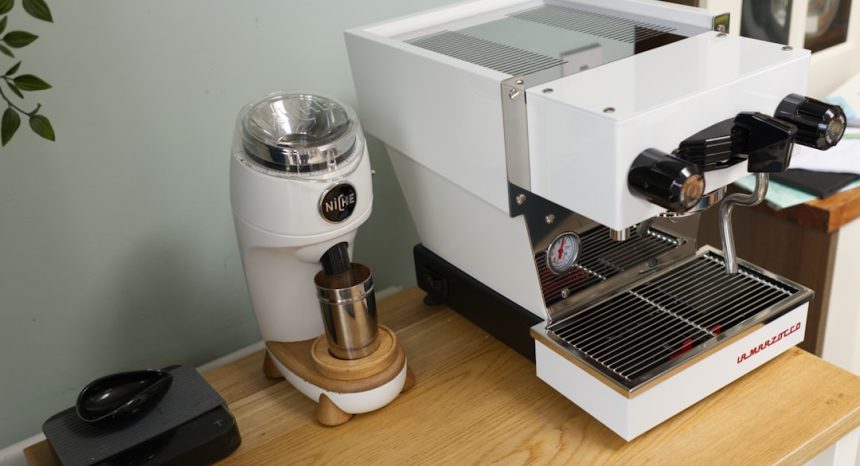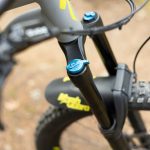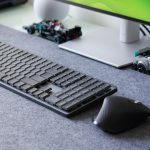Have you ever dreamed of making café-style espresso right in your kitchen? You don’t have to be a trained barista or own a fancy coffee shop to pull off the perfect shot. All you need is the right gear, a little patience, and an understanding of grind size. That rich, bold, and velvety espresso is totally within reach!
Why Espresso at Home?
Espresso is more than just strong coffee. It’s intense, flavorful, and has a beautiful crema on top. Making it at home gives you:
- Control over every cup
- Less money spent at coffee shops
- Fun experimenting with different beans and styles
Plus, let’s not forget—it’s really cool to say you made your own espresso shot that rivals your favorite café.
The Basic Gear You’ll Need
Don’t get overwhelmed by the options out there. Here are the essentials:
1. Espresso Machine
This is the heart of your setup. There are three main types:
- Manual: For coffee nerds who want full control.
- Semi-automatic: A great balance of control and ease.
- Automatic or Superautomatic: Push-button convenience.
Semi-automatic machines are a great starting point. Brands like Breville, Gaggia, and DeLonghi offer good options for beginners.
2. Burr Grinder
Grind size is crucial. You can’t get consistent results without a burr grinder. Blade grinders just don’t cut it—literally and figuratively.
Why burr? Because it crushes the beans evenly. Uneven ground coffee = uneven extraction = sad espresso.
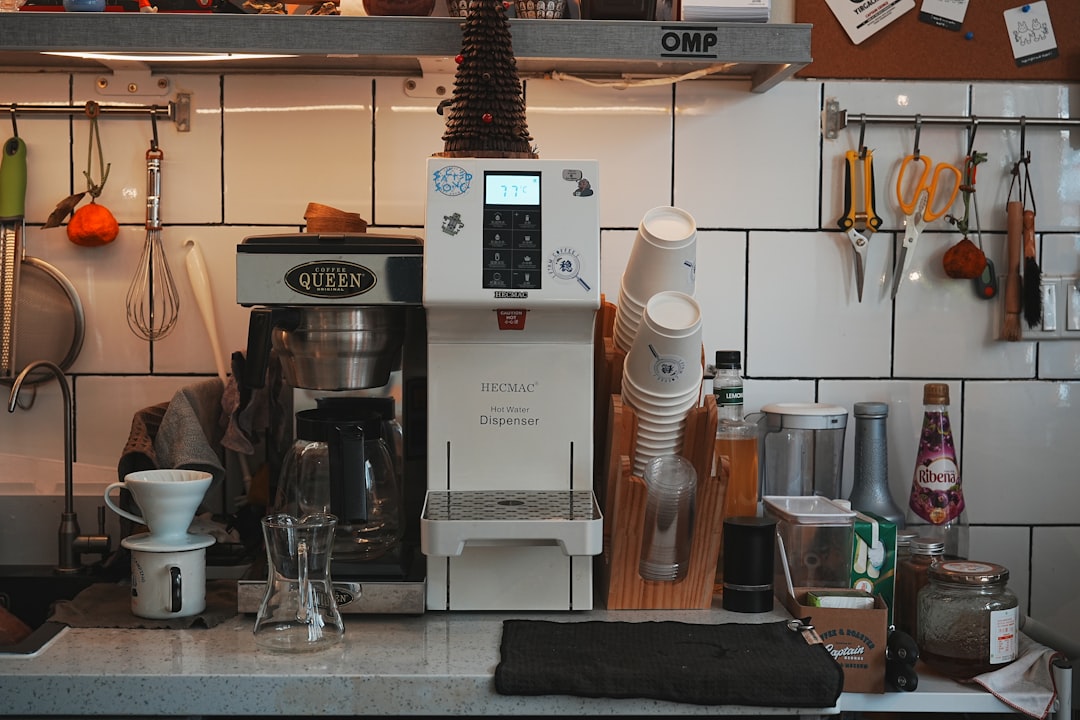
3. Tamper
You’ll need a tool to press the ground coffee into the portafilter. That’s your tamper. A flat, even tamp ensures the espresso water runs through evenly.
Most espresso machines come with a basic tamper, but you might want to upgrade later.
4. Scale and Timer
Espresso is a game of precision. Use a small kitchen scale to weigh your coffee and your shot. A timer helps dial in the perfect extraction time. You’re not just making coffee—you’re crafting art!
Let’s Talk Grind Size
This part can make or break your espresso. Your grind should be fine, like table salt. Not powdery, not chunky. Just right in the middle.
Here’s why grind size matters:
- Too coarse: Water moves too fast – weak, under-extracted shot
- Too fine: Water moves too slow – bitter, over-extracted shot
It might take a few tries, and that’s okay. Adjust your grind slightly between shots until the espresso flows like warm honey.
Dialing In: It’s a Bit Like Science
Pulling the perfect shot takes a little practice. Here’s a basic checklist to help:
- Dose: Start with about 18 grams of ground coffee
- Tamp: Apply firm, even pressure
- Time: Aim for about 25-30 seconds of extraction
- Yield: You want around 36 grams of espresso out
If your espresso comes out too fast, make your grind finer. Too slow? Make it a bit coarser. A little tweak goes a long way.
Fresh Beans Make a Difference
Amazing espresso starts with freshly roasted beans. Beans that are too old lose flavor. Beans roasted yesterday may still be too gassy and need to rest 5–7 days.
Buy whole beans and grind them just before you brew. Store them in a cool, dark place—no need to refrigerate.
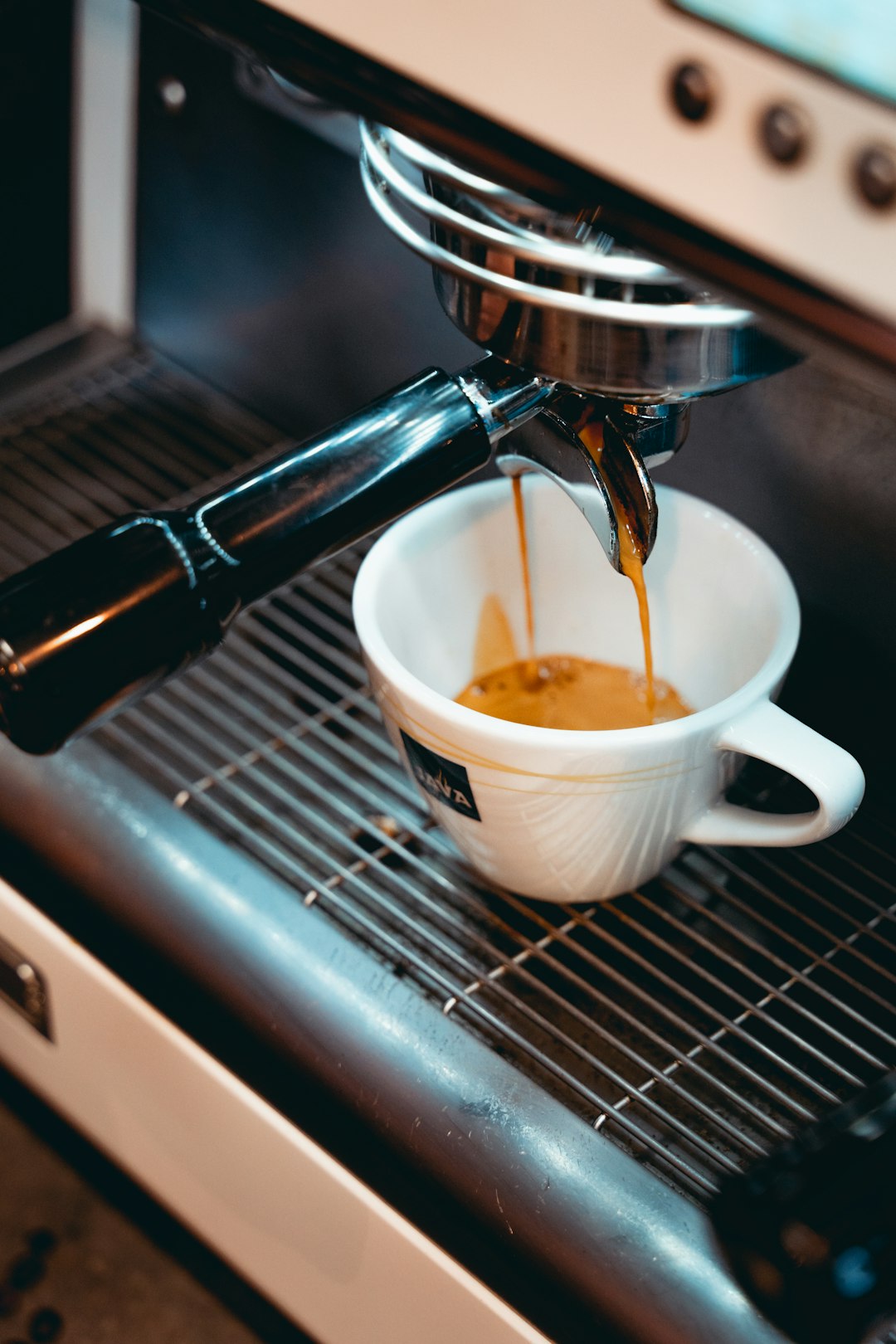
Extra Gear That’s Nice to Have
You don’t need these right away, but they help you level up:
- Bottomless Portafilter: Watch your extraction and spot channeling
- WDT Tool: Evenly distribute coffee before tamping
- Milk Frother: For making cappuccinos and lattes
These tools won’t make your espresso better overnight, but they give you more control and consistency.
Cleaning Is Key
Your espresso gear needs love. Clean the portafilter, wipe down the group head, and empty the drip tray every day.
Give your machine a deep clean once a week. This keeps your shots tasting fresh and prevents bitter buildup.
Common Mistakes (and How to Fix Them)
1. My espresso tastes sour!
This means it’s under-extracted. Try these steps:
- Make your grind a bit finer
- Brew a little longer
- Check your water temperature
2. My espresso is bitter.
That’s probably over-extraction. Fix it by:
- Using a coarser grind
- Shortening the shot time
- Lowering the dose slightly
3. No crema on my shot… why?
Could be your beans. Are they too old? Also, check your grind and tamp. Uneven tamping lets water flow too fast.
Enjoy Your Espresso Ritual
There’s something magical about crafting your own espresso. The sound of the machine. The rich shot dripping slowly into your favorite cup. The smell—it’s all part of the joy.
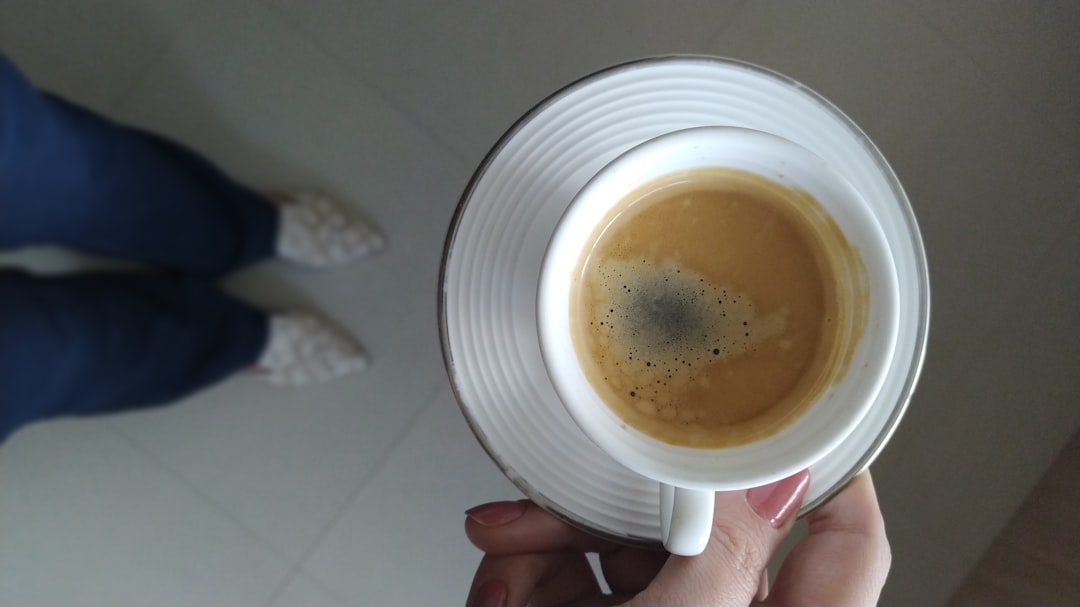
Once you get the hang of it, you’ll never look at coffee the same. You’ll start experimenting—maybe a double espresso today, a flat white tomorrow. Maybe even homemade latte art!
So don’t wait. Get the gear, find your favorite beans, and start grinding. Your perfect espresso is just a few steps away.
